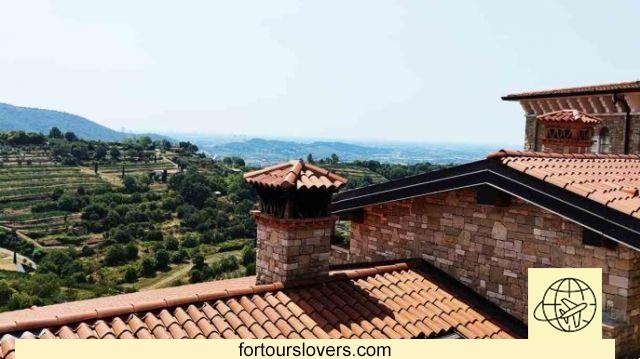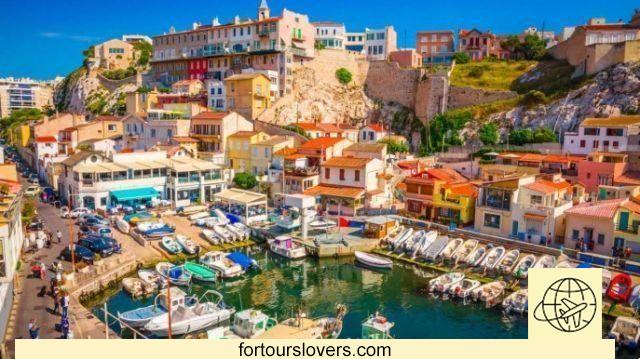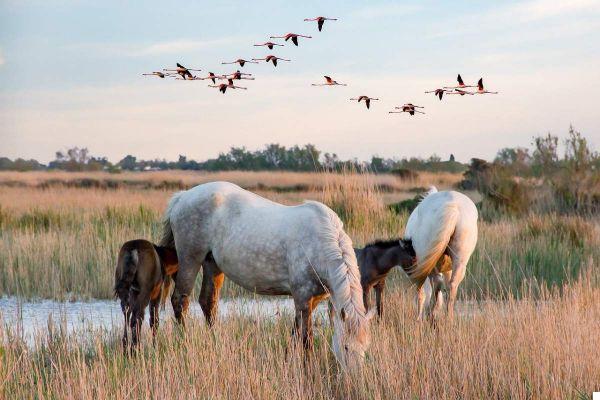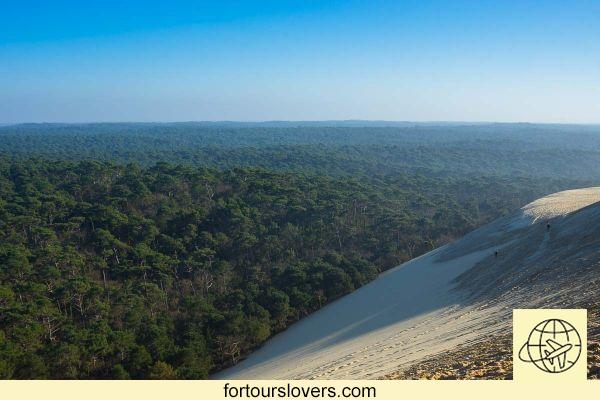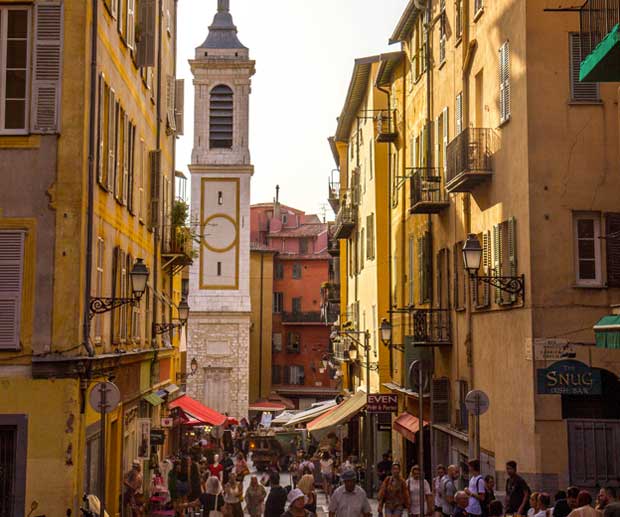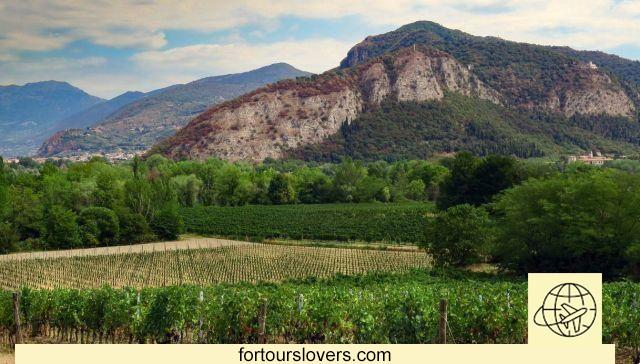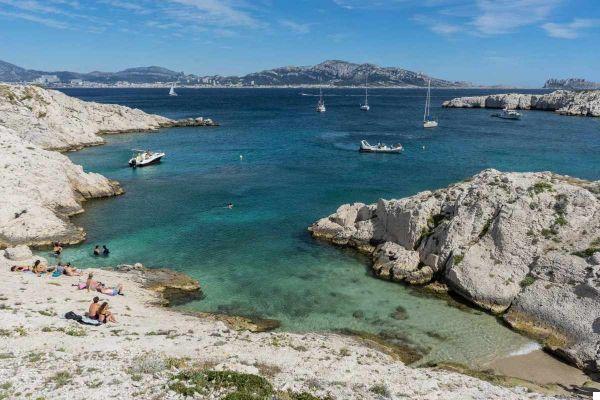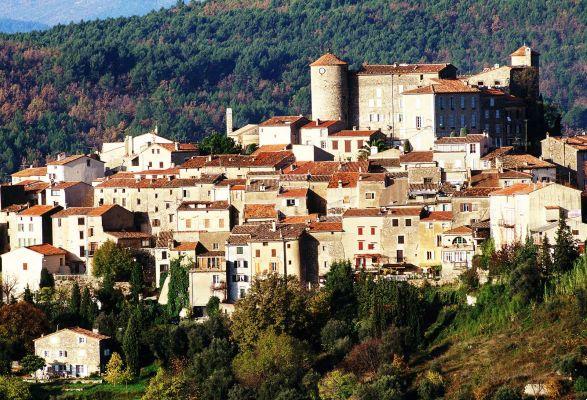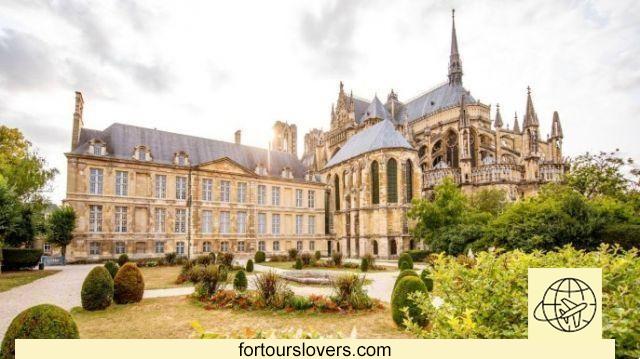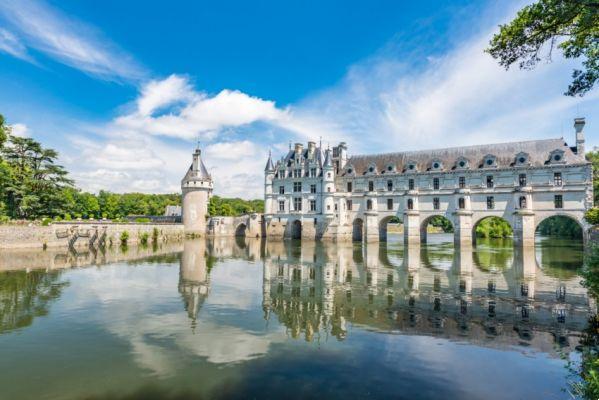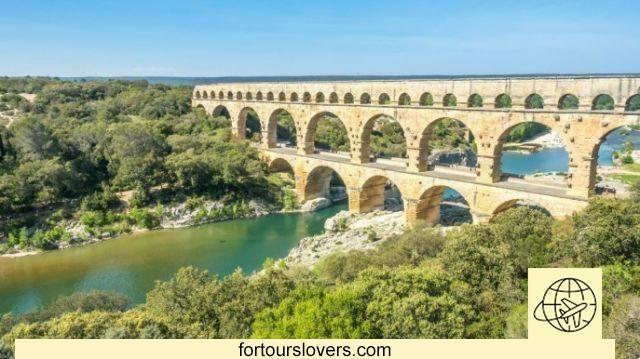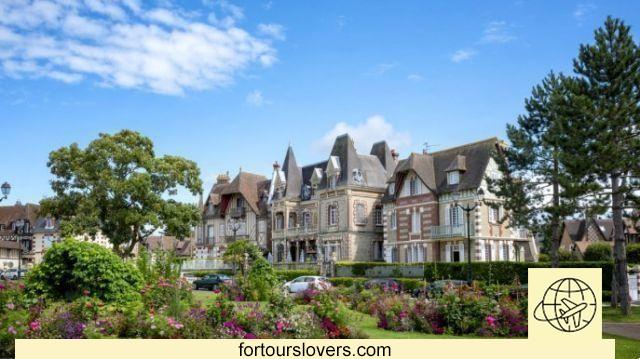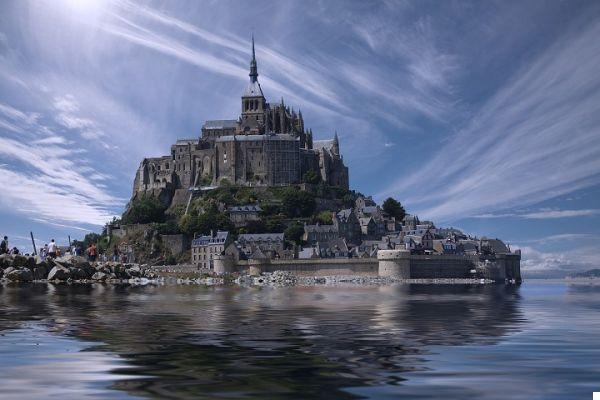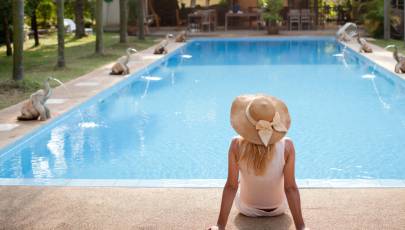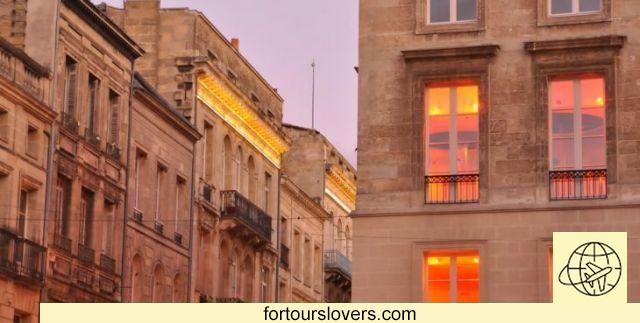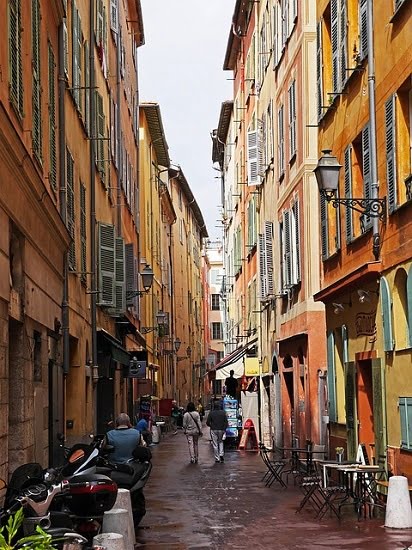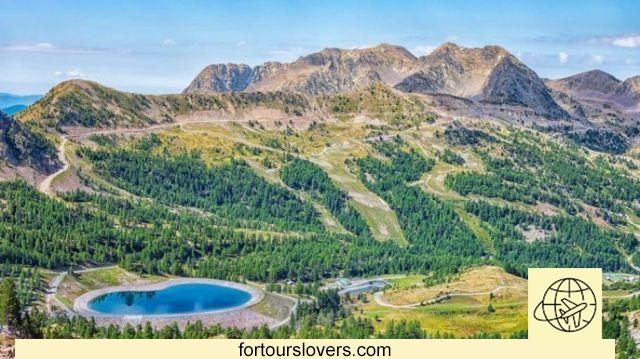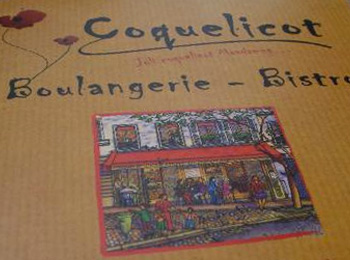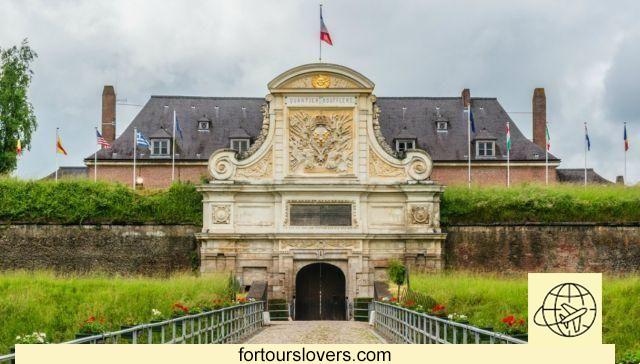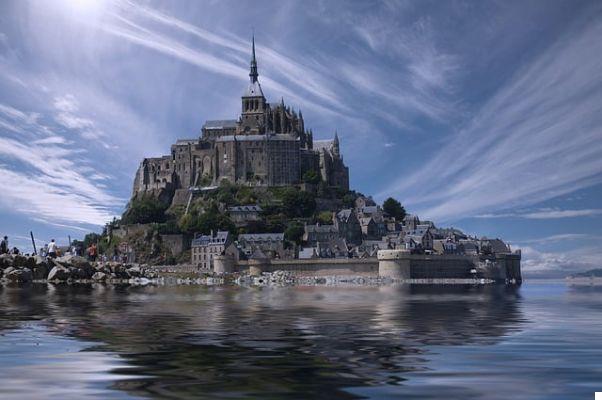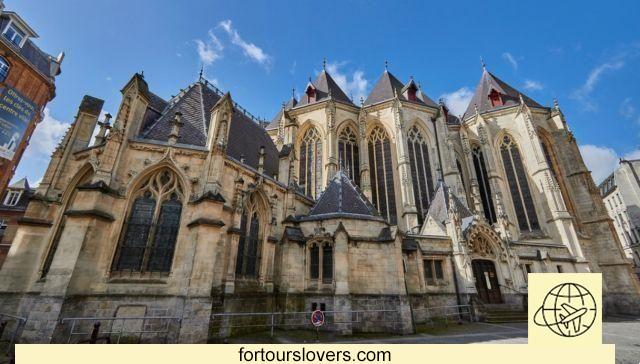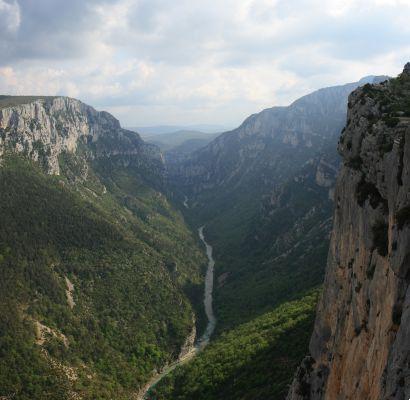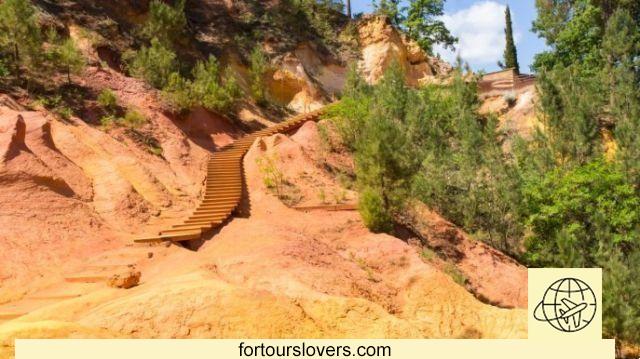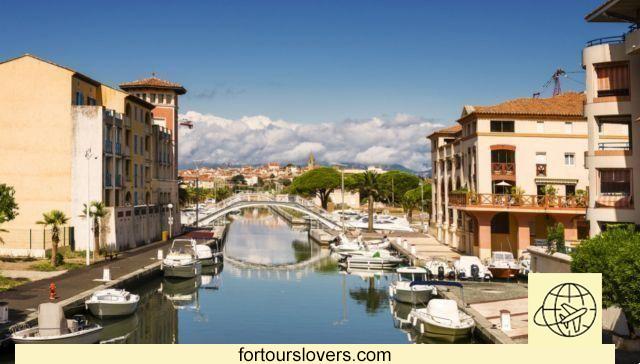
Archaeological sites, a charming marina, beaches: it is Fréjus cities of the French Riviera where you can enjoy the French sea (beach, diving and water sports) and getaways to the countryside between good food and monuments. Fréjus was founded by Julius Caesar under the name Forum Iulii; It was Rome's first naval base in the Mediterranean and is still considered the little Pompeii of France due to the numerous testimonies from the Roman era. With its historic center just a few kilometers from the sea, it is also a very popular seaside resort for culture and leisure: a holiday destination to discover.
La St. Leon's Cathedral of Fréjus is one of the most important monuments of the city. It is divided into two naves that were formerly two different structures. One is the one dedicated to Notre Dame, on the remains of the old early Christian church. And the other nave, dedicated to Santo Stefano, dates from a period that goes from the 11th to the 12th century. Admire the apse with the bishops' tombs, ancient statues, altarpieces and the magnificent 16th-century wooden crucifix.
The architectural jewel near Fréjus Cathedral is the two-story cloister from the 12th century, declared a historical monument of France, with entirely wooden gallery ceilings and painted arches decorated with figures of saints, historical figures and real and fantastic animals. Next to it are also the old baptistery from the early Christian era (dating back to the 5th century, perhaps the oldest in France) and the 13th century bell tower.
During your vacation in this town on the French Riviera, enjoy a tour of the Roman city that earned Fréjus the nickname the Pompeii of France. Designed to host combats between gladiators and between men and animals, theanfiteatro It is the most important building of the Roman settlement. Built near the entrance gate to the city, it became a symbol of the colony's power: it had a capacity of 10 seats. Over the centuries, the structure has been significantly remodeled; The current version is the result of a restoration carried out around 2010.
Then there is a section ofRoman aqueduct, on a 40-kilometer route, which leads to the town of Mons at 520 meters above sea level. The water came from the Signole spring in Fréjus. The Roman route is completed with the Gaul Gate and the Roman theater “Philppe Leotard”, built in the XNUMXst century AD, next to the Gate of Rome. On display at archeological Museum, another unavoidable point of the city, you can admire all the most important finds brought to light during the excavations of the city, such as sculptures and mosaics, which have allowed us to reconstruct the history of Fréjus.
Beautiful and yet to be discovered in the surroundings of Fréjus, the chapel of Notre Dame of Jerusalem, whose architecture and decoration is due to the genius of the architect. Jean Cocteau. All the iconography of this religious temple traces the themes of the Passion and Resurrection of Christ, all with a hermetic symbolism that is difficult to interpret. The building was completed after the artist's death, but the intervention was respectful of Cocteau's styles and work.
The port area of Fréjus was remodeled in the 1980s and many shops and a large pedestrian area. Fréjus also has two beaches that are highly regarded and appreciated by residents and tourists; The first is the closest to the city center. The coast is completely free (except for the space reserved for a restaurant and some privatized sections).
Don't miss the beach Port of Frejus which is located west of the tourist port. The easternmost part next to the port has the deepest water and is shaded thanks to the presence of some trees. It is a place suitable for families with children since the road that passes through it has little traffic. It has a large parking lot. On the seafront there are numerous restaurants and boutiques. But Port Fréjus is also the area of Movida from the city. The beaches of St. Agulf and St. Raphael are also worth seeing.
Just outside Fréjus is the villa aureliana, a Neo-Palladian style house built in this corner of France in the late 24th century by a wealthy British brewing family and later purchased by the Schweisguth family. It was built in a XNUMX-hectare park that includes, among other things, the remains of the Roman aqueduct. The heritage formed by garden plants is priceless.




